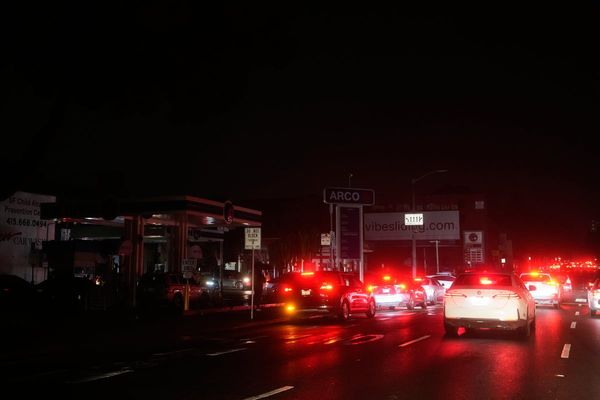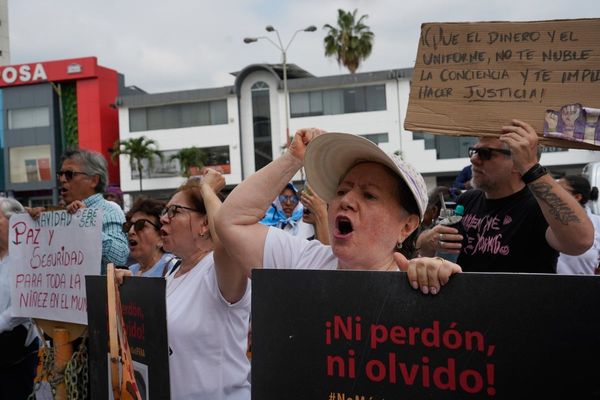
In adapting Private Peaceful as a one-man play, I was playing a theatrical conjuring trick, summoning the world of the story in the mind’s eye of the audience. Above all I was wedded to the word. It was similar when I adapted the story for BBC Radio 4, except with the help of director and producer Susan Roberts I was also able to paint a soundscape – of rural Devon in a pre-industrial time-warp; of the mechanised cruelty of the first world war.
Photograph: Farrows creative

Everything is seen from Tommo’s perspective. He conjures all this up in these last hours before the firing squad at dawn. He creates everything before his and the audience’s very eyes. It’s demands to staged as a one-man show. However, I have also had the good fortune to adapt the story for a young cast of up to 30 (the National Youth Theatre are performing this version at the New Ambassadors’ Theatre in the West End this autumn), and for the BBC Radio 4, and for the cinema.
Photograph: Farrows creative

Photograph: Farrows creative

Photograph: farrows creative/ farrows creative

Photograph: Farrows creative

Photograph: Farrows creative

Photograph: Farrows creative

Photograph: Farrows creative

Photograph: Matt Humphrey

Photograph: Matt Humphrey





Photograph: Matt Humphrey

Catch Private Peaceful at The Tobacco Theatres, Bristol until 12 July 2014. Photograph: Matt Humphrey







